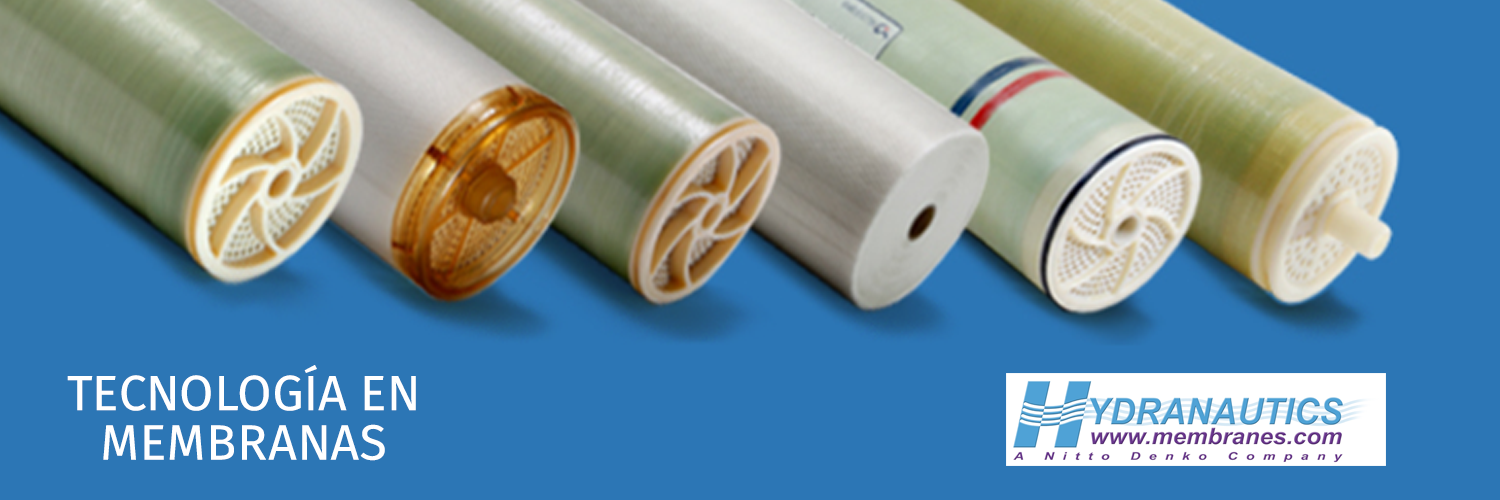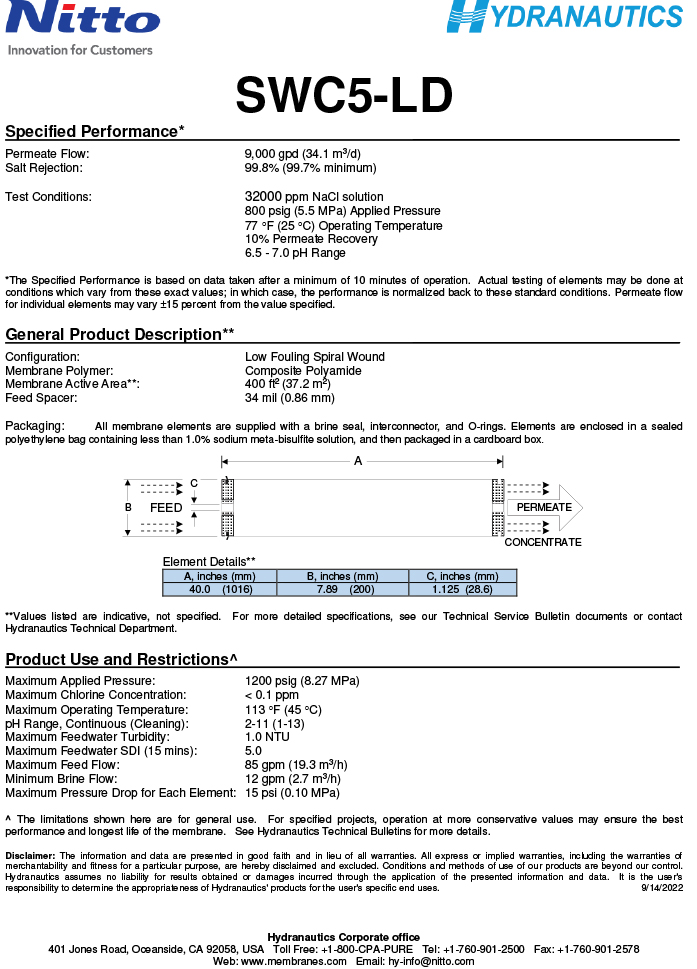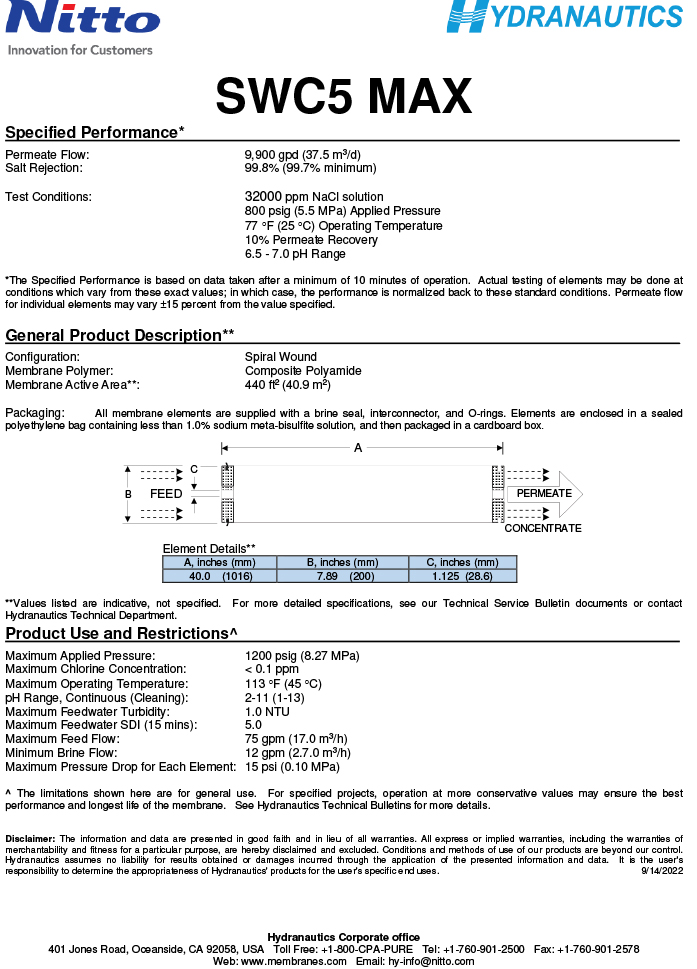
Filmtec
October 8, 2023
Bel
October 15, 2023

Hydranautics’ & Nitto’s experience in membrane technology spans five decades. We remain committed to delivering innovative membrane technologies to meet the growing demand of the separation industry. As a result, we design and manufacture a broad spectrum of reverse osmosis, nanofiltration, ultrafiltration and microfiltration membranes in various configurations and chemistries.
We offer results:
- Our Integrated Membrane Solution (IMS), are customized membrane solutions to meet specific business objectives and offer comprehensive technical support in the development of new technology
- LD technology™ products are globally used for various applications for Brackish water, sea water desalination, waste water treatment etc. This new generation LD RO elements have been effectively used on difficult feedwater plants, including those treating reclaimed wastewater, surface water and difficult well waters

Reverse Osmosis (RO)
Reverse osmosis is a process that removes particles having with a molecular weight cutoff of 100 to 200. This process is perfect for removing substances such as: metal ions, acids, sugars, dyes, natural resins and ions. Hydranautics’ RO membrane offers various degrees of flux and rejection characteristics, specifically suited to treat multiple and diverse water treatment applications.
Nanofiltration (NF)
Nanofiltration membranes remove particles with a molecular weight cutoff of 200 to 1500. These membranes are ideal for applications requiring the removal of divalent ions, organics, color, bacteria and viruses. Each are ideally suited for integration with either RO or UF membrane products for primary or secondary treatment.
Process Separations
Process Separation includes membranes used in various special liquid-liquid separation applications other than waste water treatment and desalination.
Ultrafiltration (UF) / Microfiltration (MF)
Hydranautics offers a wide range of ultrafiltration and microfiltration modules based on polymeric hollow fibers. All membranes solutions offered can be used as a replacement of conventional treatment systems combining benefits of high permeate quality and low footprint requirements. Using Hydranautics ultrafiltration products, RO membranes may be used downstream more safely while operating at higher fluxes with longer intervals between cleans.
PRO-Serirs
One of the most significant challenges of the 21st century is water security. Industries today, face tough challenges when it comes to the water used in the facility – namely, water scarcity and the ever-increasing regulatory requirements associated with discharging effluent. At the same time, there is a move toward sustainability and “greener” approaches to the treatment of highly contaminated waters by effluent from water-intensive processes.







